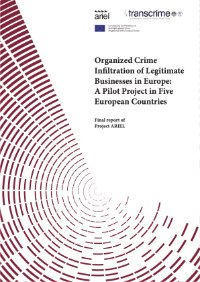By: KARL DODD, PAUL M. SALMON, and COLIN SOLOMON
Background: Sporting organisations and governing bodies are facing increased pressure to prevent child sexual abuse (CSA) in sport. This has led to an increase in investigative reports into CSA that include recommendations on how sporting organisations could improve child safeguarding. Current peer reviewed literature on the prevention of CSA in sport, indicates that the majority of research has been on interventions at the levels of the victim and perpetrator, rather than on broader components of the sports system. However, it is not clear whether this is the case in investigative reports. Objective: The aim of this study was to analyse investigative reports into CSA in five Australian sports (Swimming, Cricket, Gymnastics, Football, and Tennis), to evaluate the extent to which a systems thinking approach was adopted to understand the broader systemic factors enabling CSA in sport. Method: Factors enabling CSA detailed in the reports, as well as their accompanying recommendations, were mapped to a systems thinking-based framework. The identified enabling factors and recommendations were then evaluated to determine the extent to which a whole of systems focus had been adopted in the investigative reports. Results: In total, 30 enabling factors to CSA were identified, with the majority focused at the higher levels of the sports system (e.g., Governance, Policy, Reporting/Handling issues etc.). This contrasts with the peer reviewed literature. Conclusions: The findings indicate that the identified enabling factors to CSA align with a systems thinking approach, whereas the recommendations to safeguarding partially adhere to the tenets of system thinking.
CJRN Correlates of Crime eJournal, Vol. 7 No. 50, 09/11/2024










